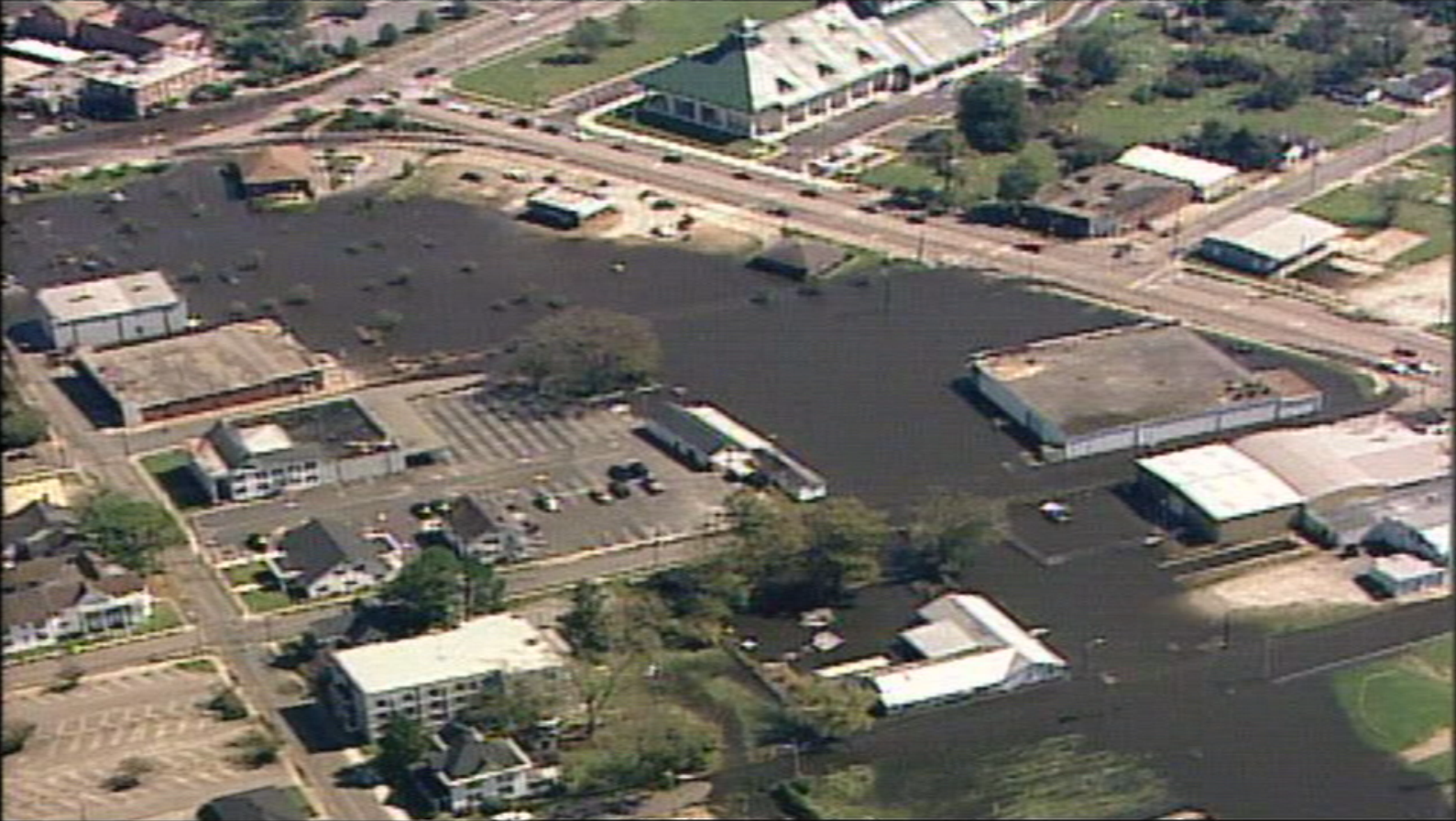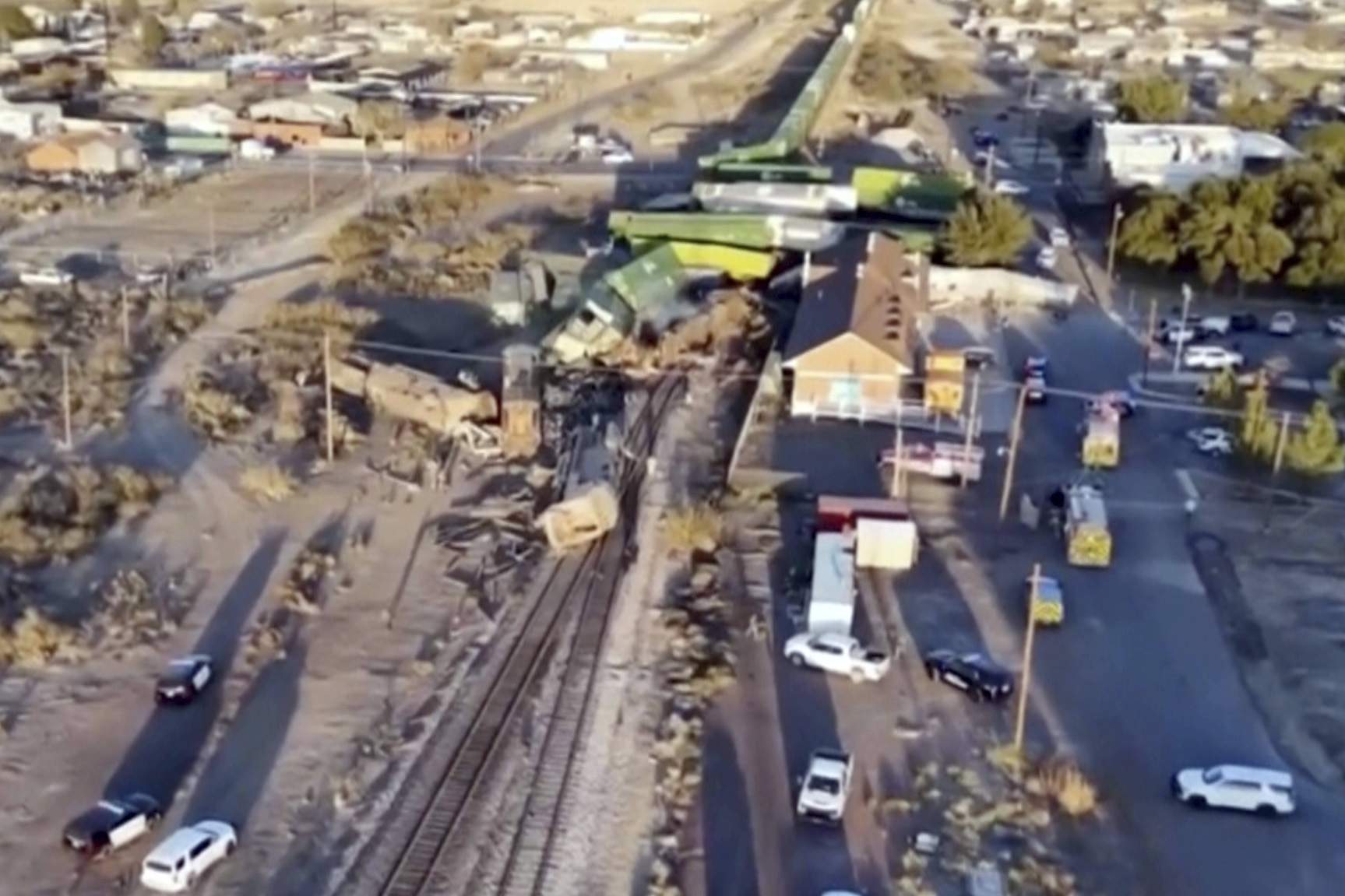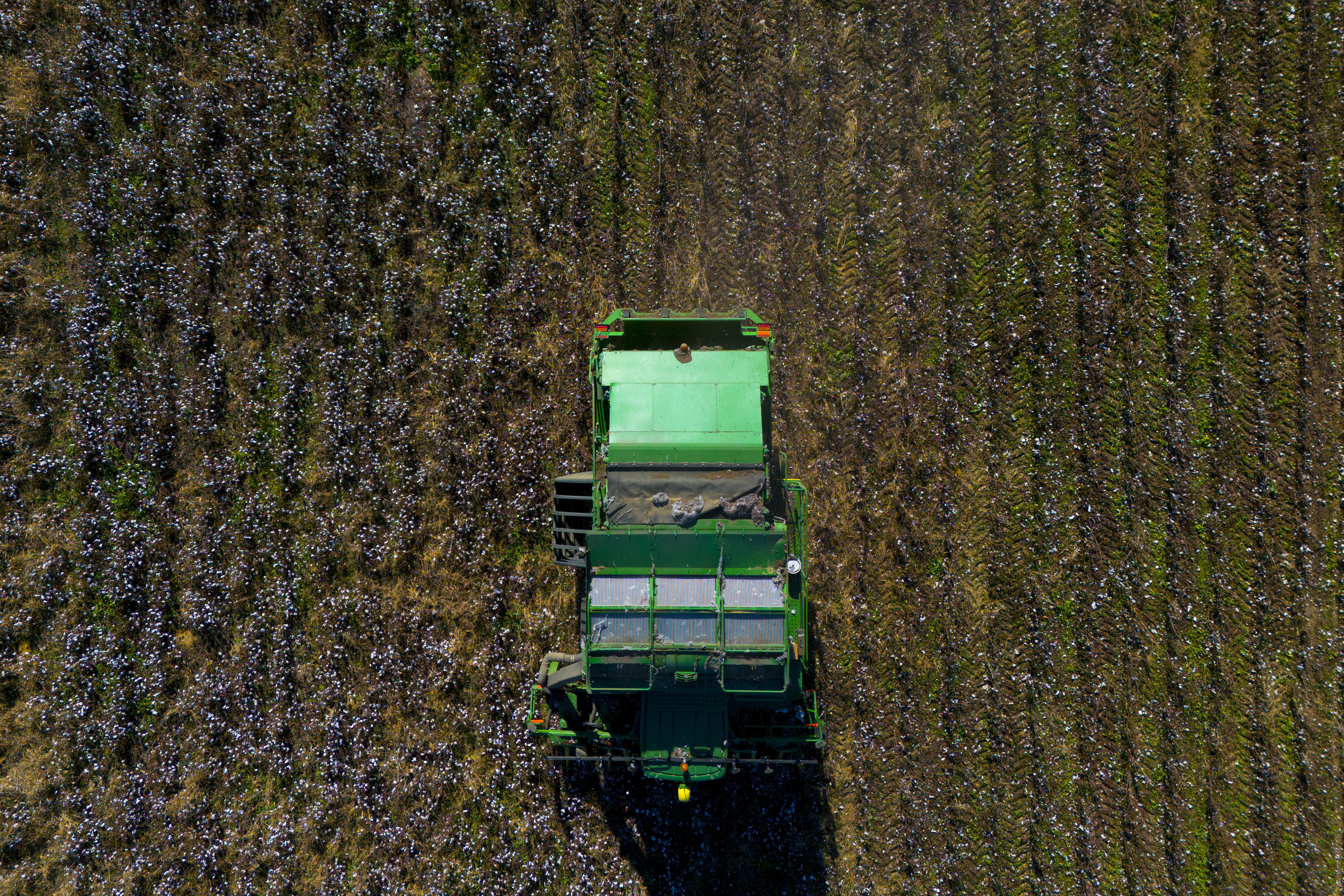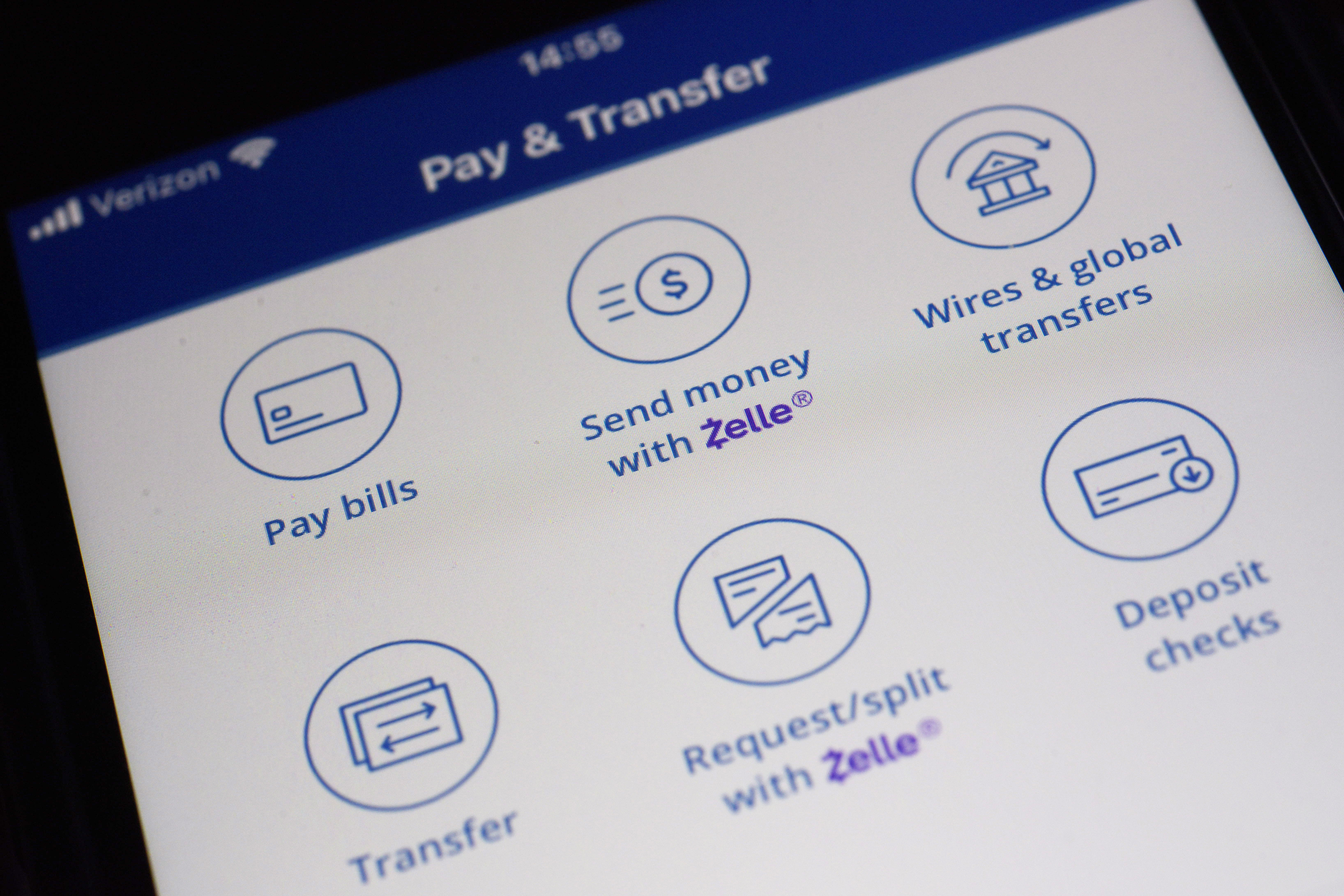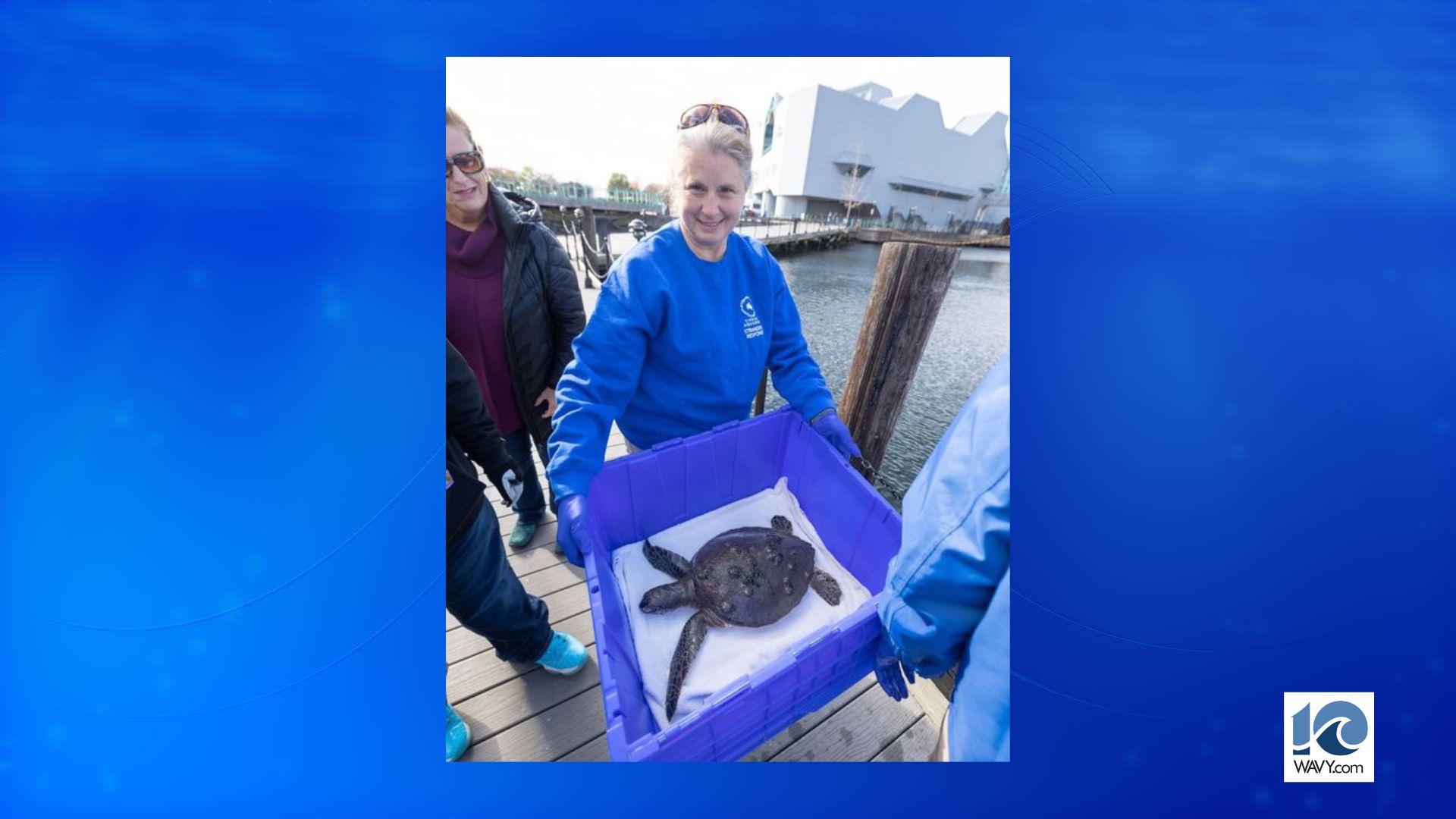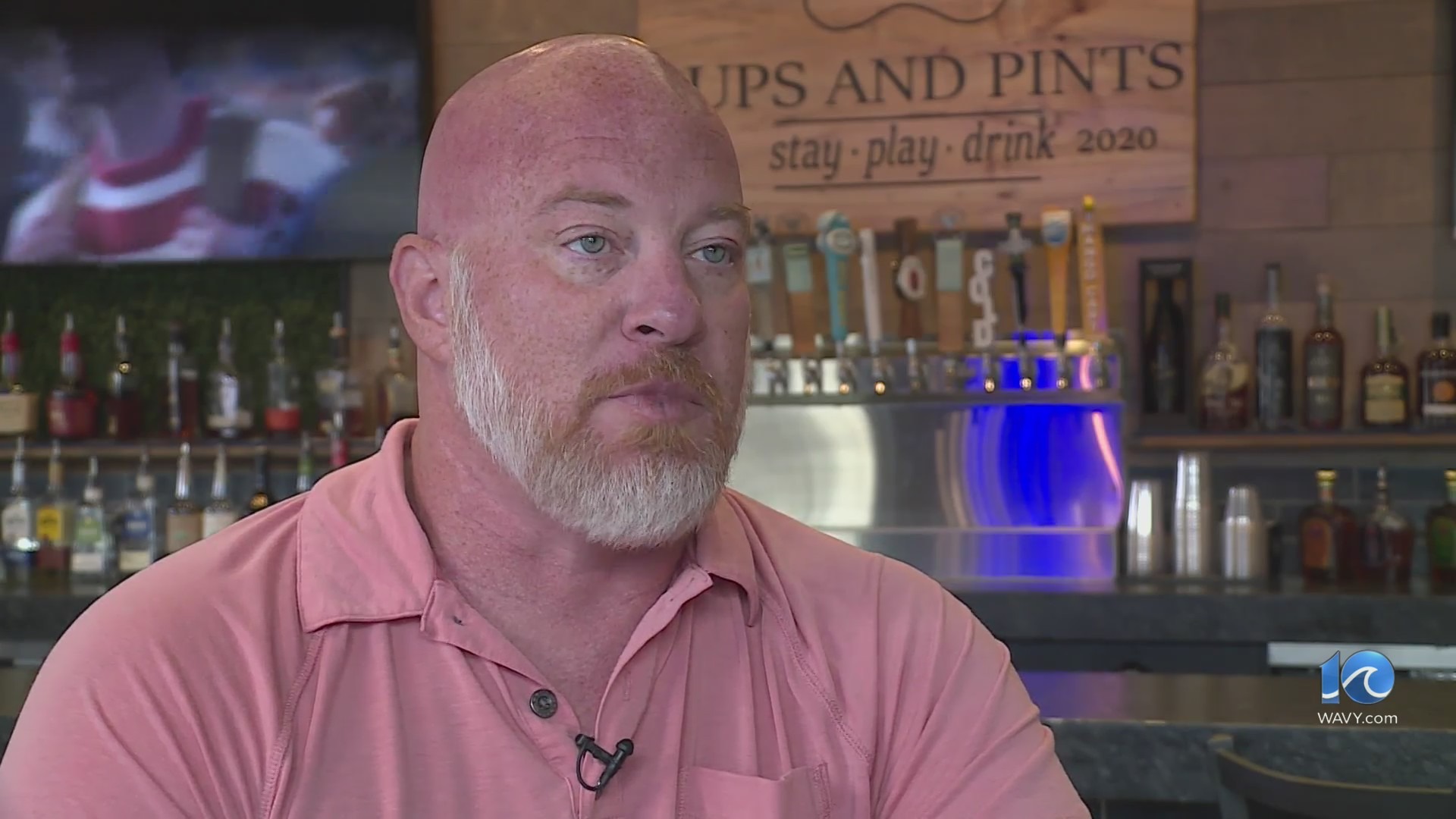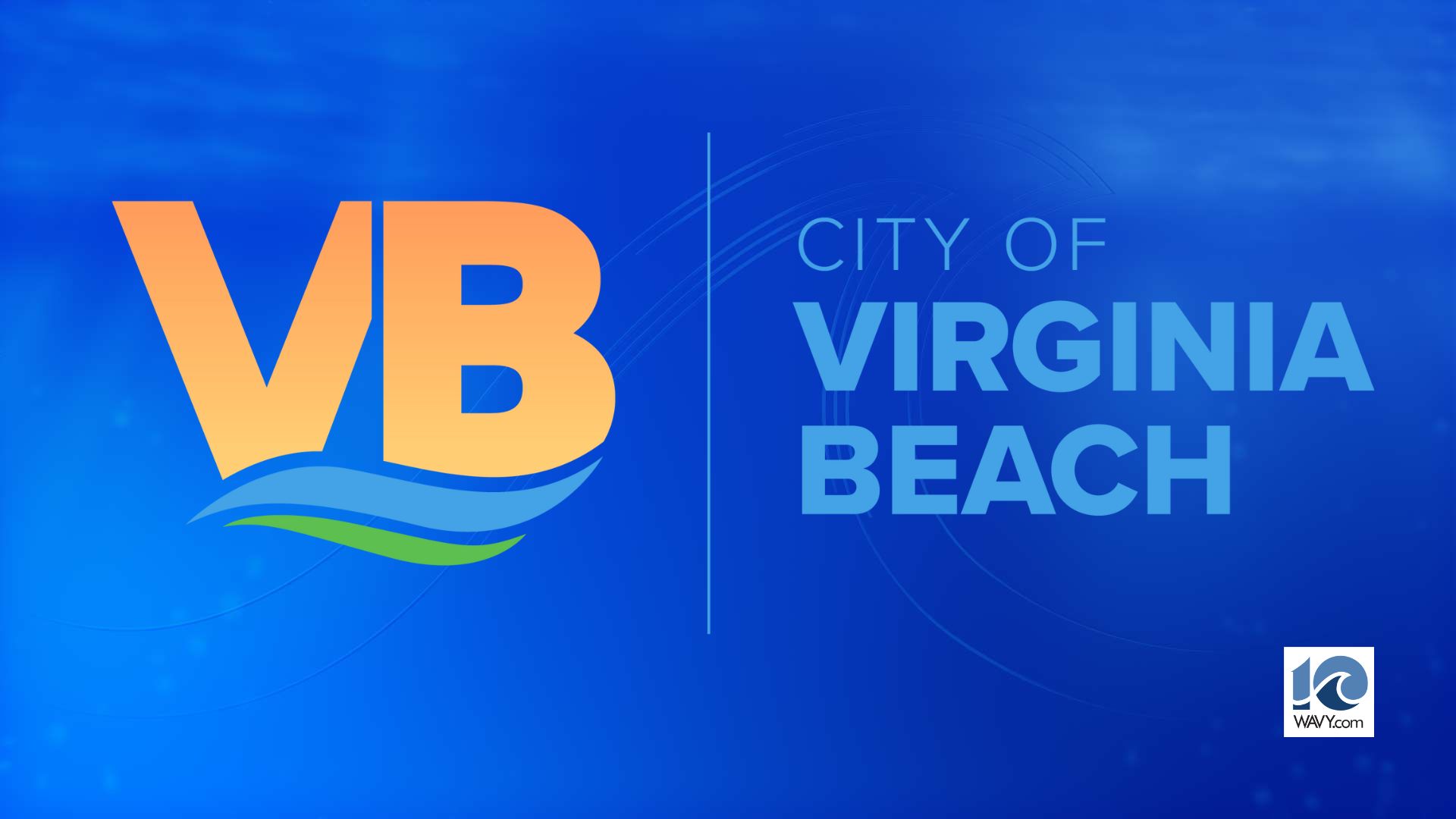PORTSMOUTH, Va. (WAVY) — It’s Sept. 18, 2003, the day Hurricane Isabel made landfall on the Outer Banks — moving north and west, blowing through Hampton Roads along the way.
It would take about a day for Isabel to move across the region, but the storm’s impact was felt in the weeks, and even months, to come.
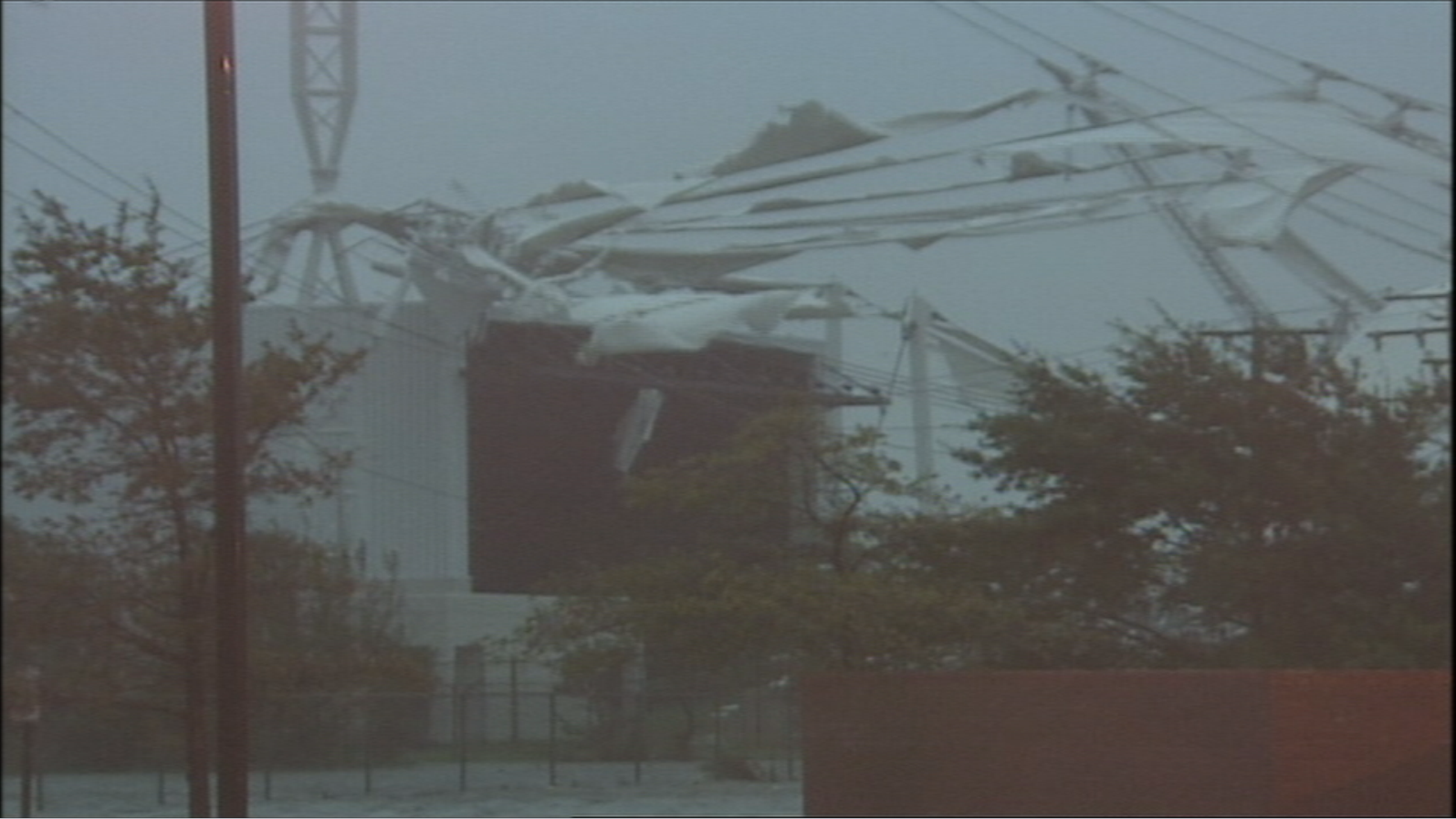
WAVY TV 10 Chief meteorologist Don Slater said he expected the amount of damage the storm left behind. “Absolute mess. It just was. You just knew it,” Slater said.
Part 1: Remembering Hurricane Isabel: 15 years later
According to the National Weather Service, the damage from Isabel in Virginia alone was some $3.37 billion. Much of the state was affected by the storm’s winds.
Slater said, “By the time it got up into our area, it weakened further. Still, the winds were spread out so we had hour upon hour upon hour of near hurricane force winds.”
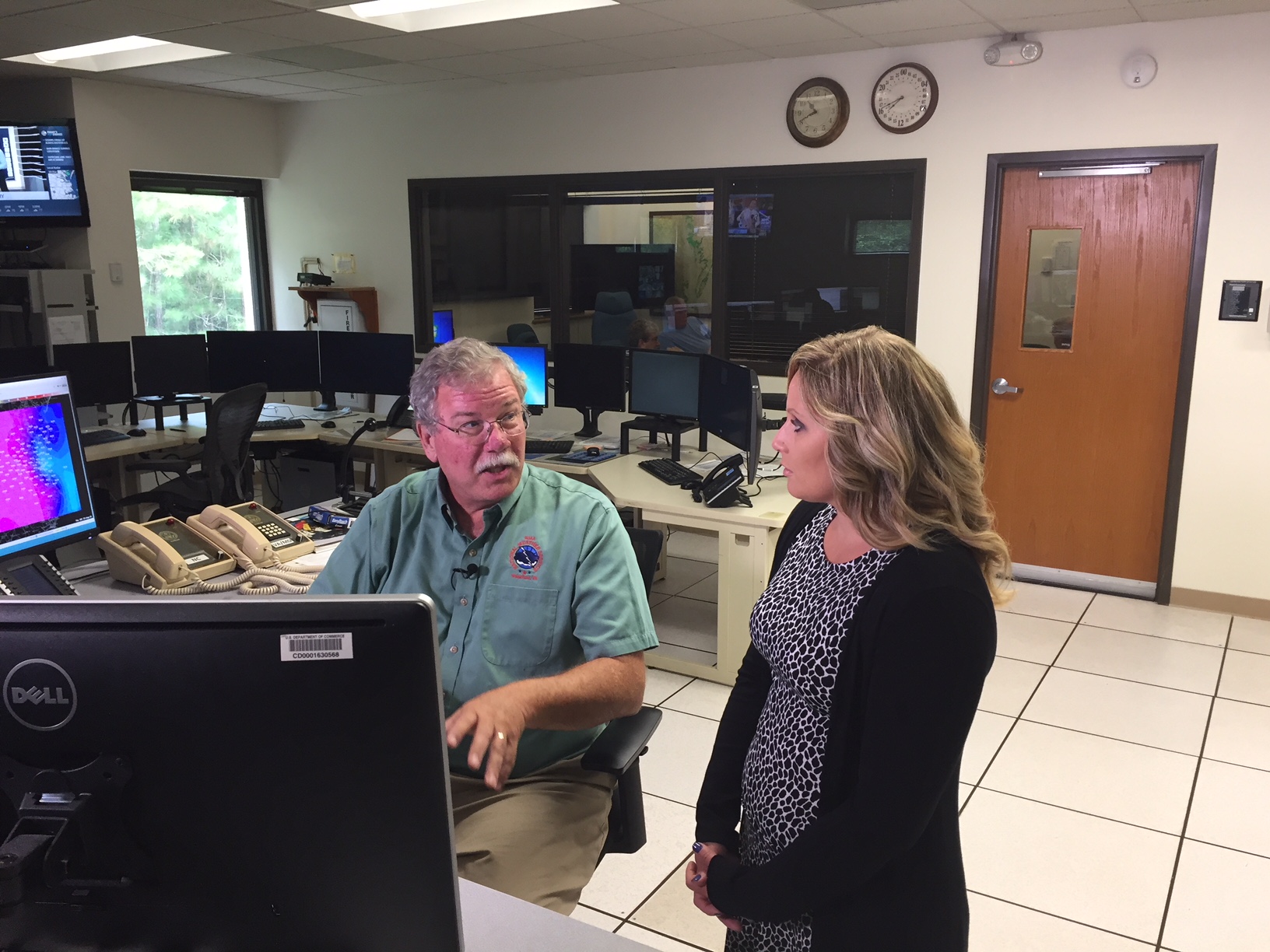
Bill Sammler, retired Warning Coordination Meteorologist with the National Weather Service in Wakefield, said about the winds, “The reality is from a wind perspective, this was one of the more significant events that the area had experienced in probably the last 75 to 100 years.”
Isabel left behind a power outage that lasted for days, and weeks in some cases, in Hampton Roads. In all, 4 million people were left in the dark in what was the largest power outage in Virginia’s history.
Other services were disrupted as well — as long lines for essentials like ice and water became a familiar sight in many communities.
The widespread outages were due to downed trees — a result of not just Isabel, but a summer which included an unusually high amount of rainfall, leading to weakened root structures for trees.
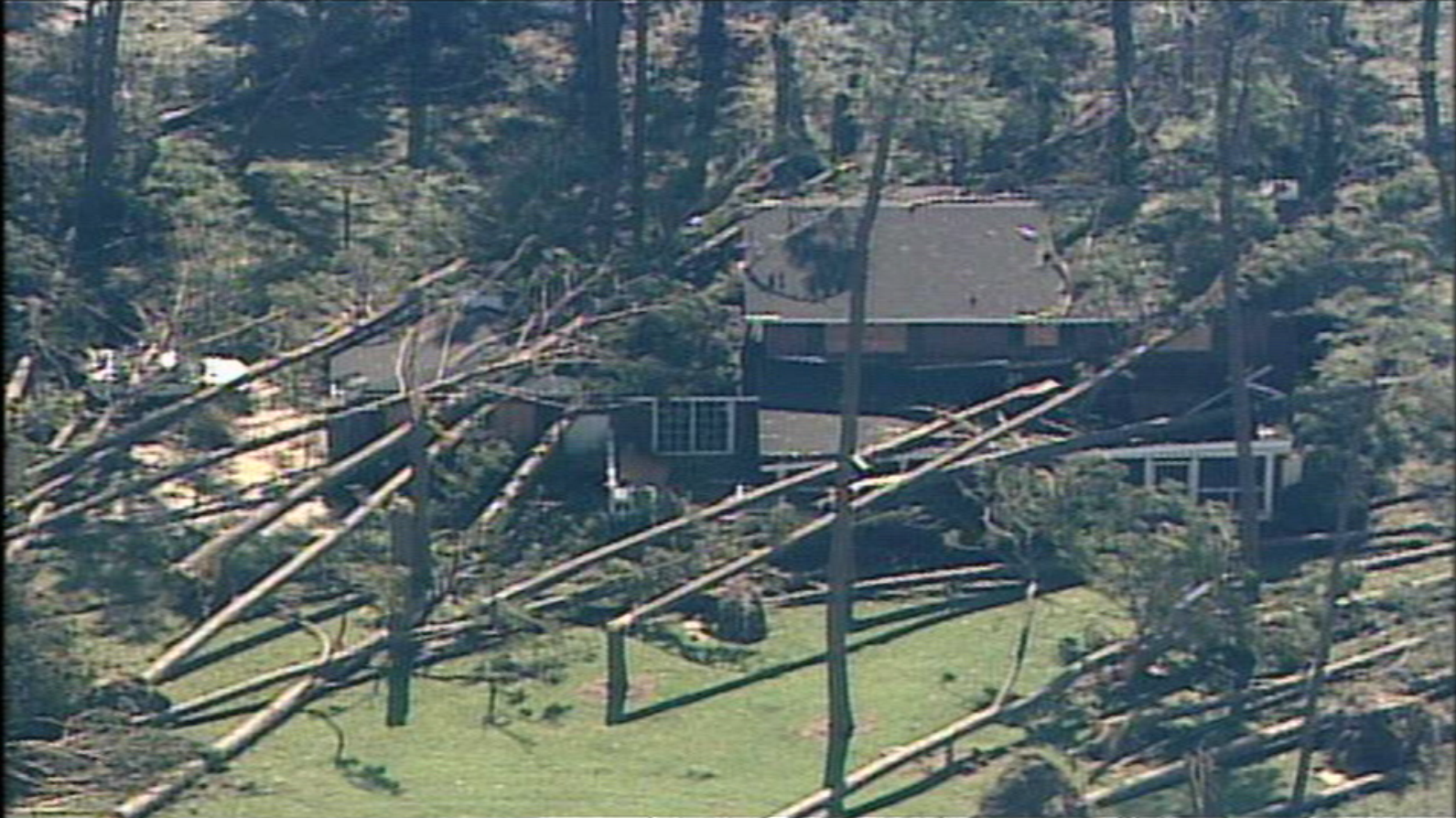
Slater said, “It was just like boom, boom, boom, boom, boom. You’d go through neighborhoods — my own neighborhood there would be 10-12 trees down giant pin oaks — they’d be down like dominos.”
The area, as well as locations to the north of Hampton Roads, also suffered from a tricky storm surge not seen since the Chesapeake-Potomac Hurricane in August of 1933.
Sammler said “The big surprise, and the thing that we really didn’t anticipate, was how bad the surge was going to be of the James, the York, and the Rappahannock rivers.”
The massive flooding inundated the City of Poquoson. The Midtown Tunnel was forced to close for weeks in order to truck out millions of gallons of water — after a plan to close the flood gates failed.

Thirty-six people died as a direct result of Isabel.
However, Slater said the intensity and longevity of the storm could have resulted in a higher death toll. “The loss of life was pretty light, considering what we went through with that whole day,” he said.
Through all of the tragedy and damage left behind by Isabel, forecasters learned valuable lessons from Isabel alone. “Isabel changed a lot. It’s one of those data points that you don’t forget. Just because of how everything happened, and the way it happened,” Sammler said.
For people from Hampton Roads to the Outer Banks, it’s a moment they’ll always remember.
